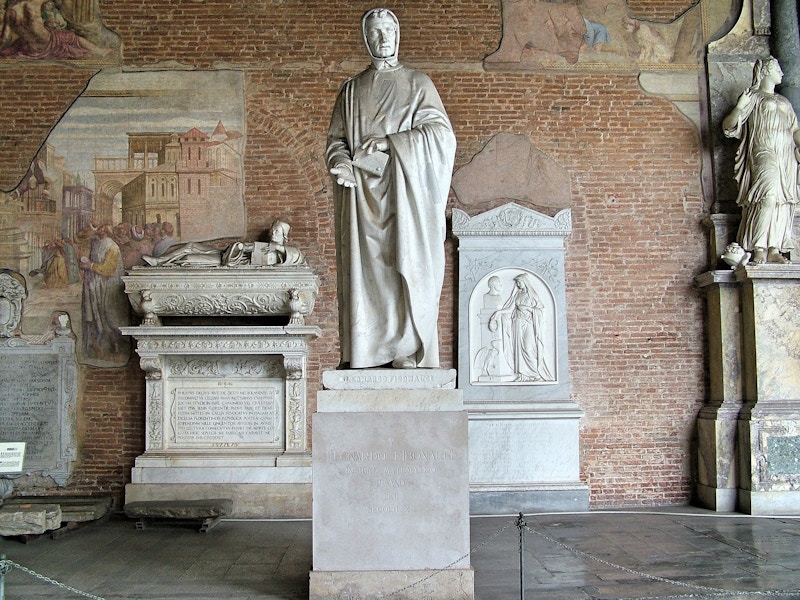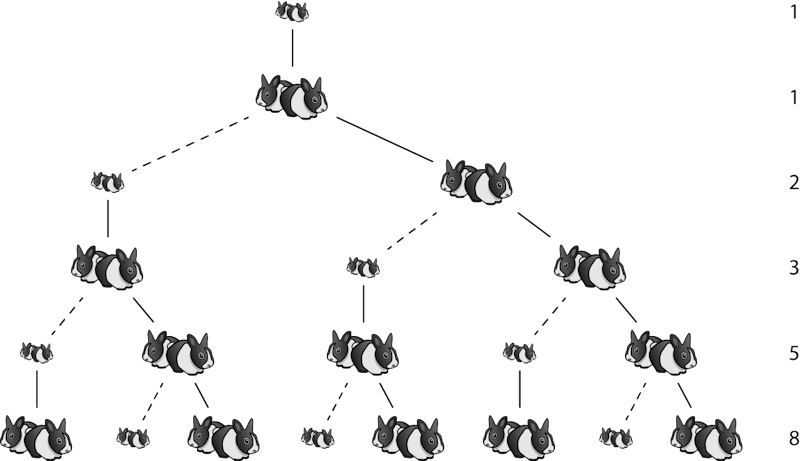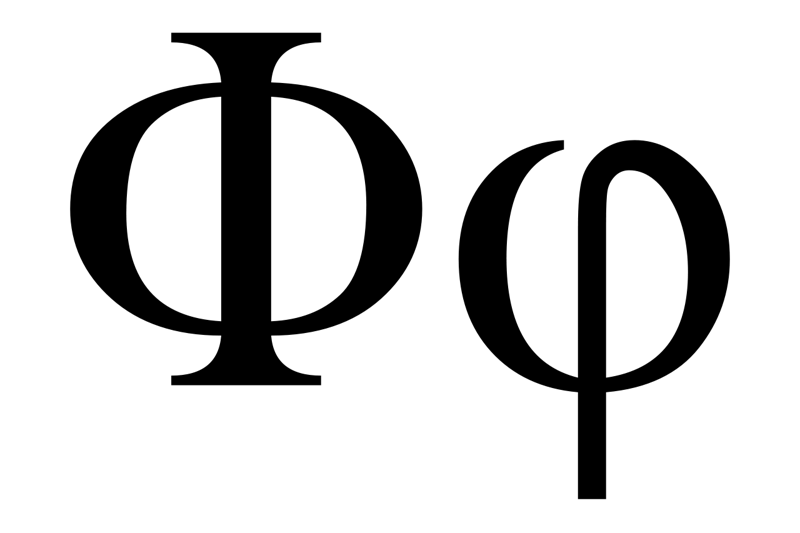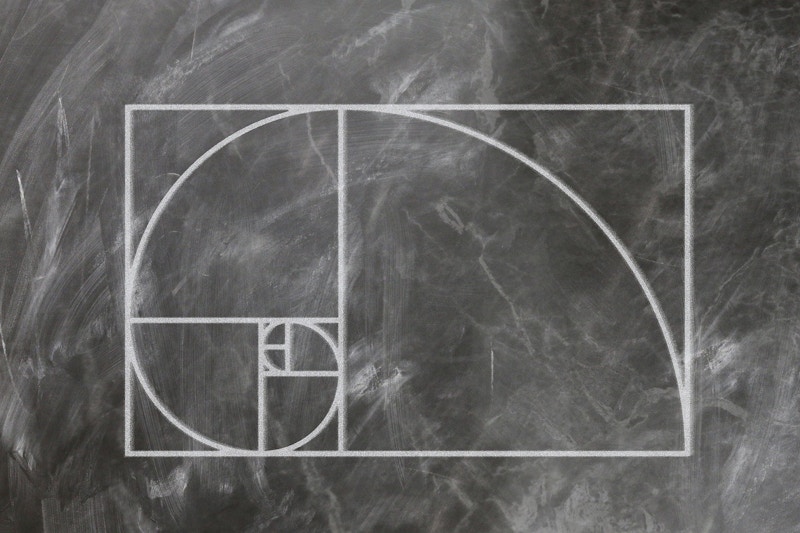Liber Abaci also introduces the Hindu-Arabic numeral system and compares the system with other systems, such as Roman numerals, and provides methods to convert the other numeral systems into Hindu-Arabic numerals. Replacing the Roman numeral system and its ancient Egyptian multiplication method, with a Hindu-Arabic numeral system using an abacus for calculations, was an advance in making business calculations easier and faster. This thus led to the growth of banking and accounting in Europe.
Back to the Fibonacci Sequence. We can see examples of the sequence in nature most clearly in plants. For example, most flowers can be placed into petal categories, notably 3,5,8,13 or 21. Seeds in plants will usually add to a number in a Fibonacci Sequence, as well as sections in plants, such as an apple, which when cut in half will have 5 seeds, encompassed in 5, equally-spaced, containers. Rows of seeds and seed pods in nature will almost always add up to Fibonacci Numbers. Most fruit and vegetables you use regularly will have a Fibonacci Number somewhere on it, from sections, to seeds, or leaves.




